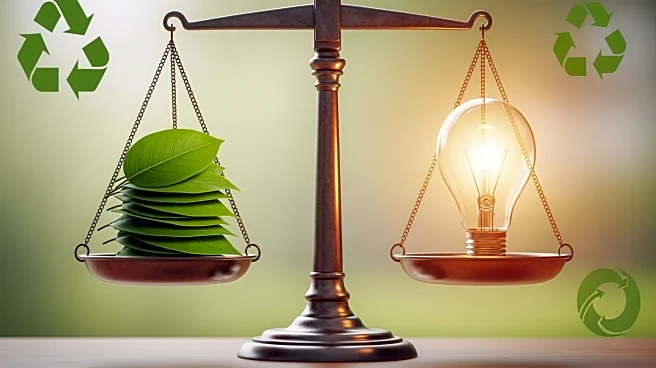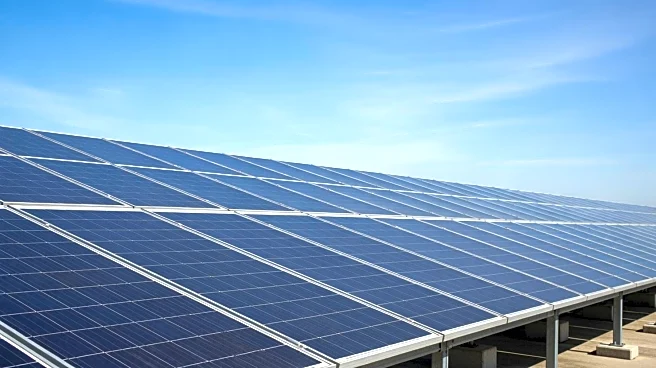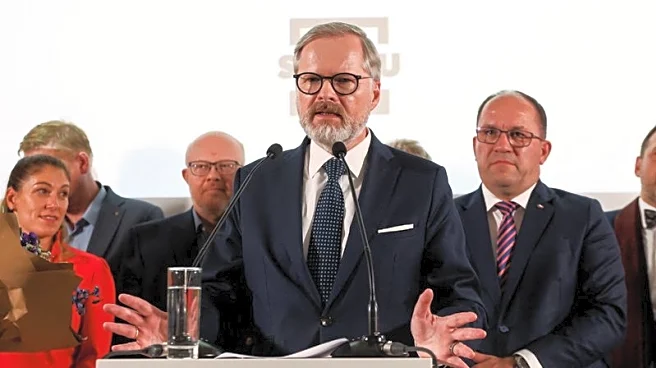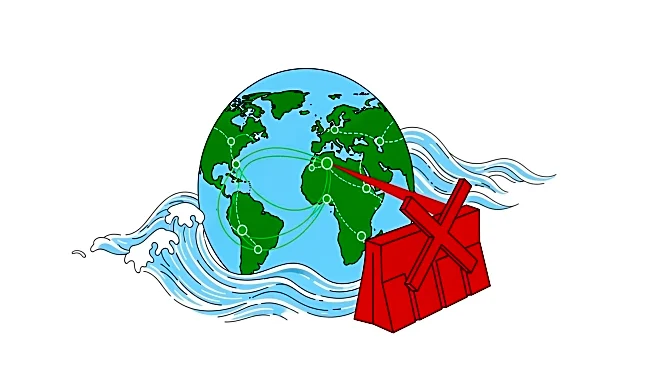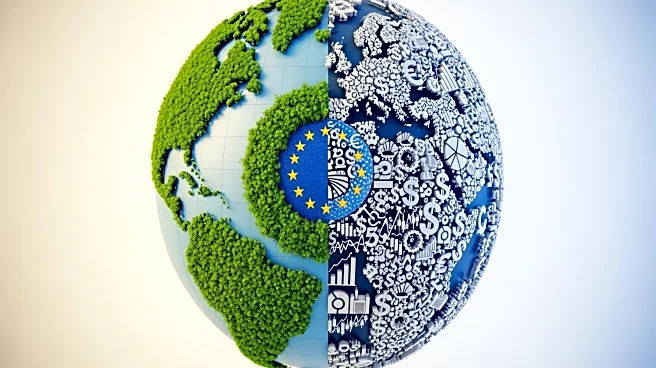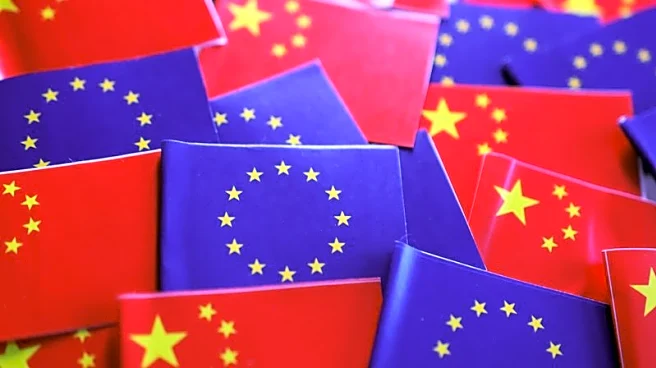What's Happening?
The European Union Commission has confirmed plans to stabilize carbon pricing for road and heating fuels under the upcoming ETS2 scheme. This initiative aims to prevent price volatility and ensure that
revenues from the scheme can be redistributed to support low and middle-income families. The Commission has introduced a frontloading mechanism allowing member states to auction ETS2 allowances as early as 2026, ahead of the scheme's full launch in 2027. This approach is designed to generate immediate revenues that can be used to make greener alternatives, such as public transport and electric vehicle leasing, more accessible. Additionally, the Commission has set a price cap mechanism to prevent carbon prices from exceeding €45 per ton, which would trigger the release of additional allowances to stabilize the market.
Why It's Important?
The ETS2 reform is significant as it addresses the dual challenge of transitioning to cleaner energy while protecting economically vulnerable populations. By stabilizing carbon prices and ensuring early revenue generation, the EU aims to mitigate the financial burden on low-income households and small businesses. This move is crucial as it aligns with broader climate goals while maintaining social equity. The reform could serve as a model for other regions grappling with similar challenges, highlighting the importance of balancing environmental objectives with economic realities. The success of this initiative could bolster the EU's leadership in climate policy and influence global carbon pricing strategies.
What's Next?
The formal proposal for the ETS2 reform is expected to be unveiled by EU Commissioner Wopke Hoekstra in the coming weeks. Member states will need to implement bold redistribution measures to ensure the effective use of revenues generated from the scheme. The focus will be on supporting low and middle-income families and small businesses in transitioning to cleaner technologies. The Commission's approach will likely prompt discussions among EU member states on the best strategies for implementing these measures, potentially influencing future policy decisions on carbon pricing and climate action.
